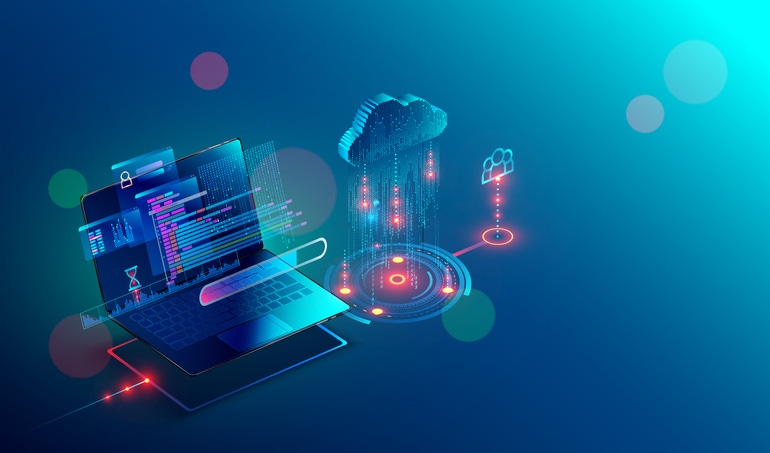Gartner's 2022 cybersecurity trends research has excellent lessons and takeaways for MSPs.
May 25, 2022

Sponsored by Barracuda MSP
Companies of all sizes have spent the past two years working in remote and hybrid work environments, often leveraging ad hoc solutions to provide remote access to their networks and applications. Unfortunately, this has expanded their potential attack surface for cybercriminals and effectively decentralized cybersecurity frameworks—whether they were ready or not.
“I believe we’re in the post-breach era where attackers are ahead of their targets since they have their hands on stolen data, including credentials. These attacks range from extortion on valuable data to penetrating the software supply chain. It has gone beyond disrupting business operations and goes as far as revealing information to discredit a corporation and destroy the trust chain,” said Barracuda CTO Fleming Shi, in a recent blog post focused on cybersecurity trends and predictions.
With this in mind, organizations must take a fresh look at how they handle cybersecurity, with more sophisticated attacks now taking advantage of the expanding vulnerabilities. At the same time, security-centric MSPs should position themselves to help clients, and prospects, who may be struggling to re-engineer their networks and applications to support remote and hybrid access.
In a recent blog, Gartner outlines the top seven trends in cybersecurity for 2022, and there are plenty of important lessons and opportunities for MSPs in the details. (You can access the full report here.)
Below, we have highlighted a few of the trends Gartner has identified, along with some takeaways for MSPs that can position themselves as security-centric partners to help organizations navigate the shifting threat landscape.
The potential attack surface has expanded exponentially.
Many knowledge workers don’t plan to return to the office post-pandemic. That means a lot of employees will potentially be accessing corporate assets from home or public networks. These companies need assistance in leveraging security tools that address this distributed infrastructure, such as zero-trust architecture, cloud-based services and other solutions. MSPs with the right suite of offerings can help them make that transition.
Security awareness isn’t enough.
According to Gartner, traditional cybersecurity awareness programs are ineffective against the ingenious cyber attacks that have emerged and that often don’t rely on malicious links or attachments. Gartner says that forward-looking companies are deploying more holistic behavioral and cultural change programs to enable better security. MSPs should develop more robust training and awareness programs that are responsive to current and emerging threats.
Credentials remain vulnerable.
Identity systems are under increasing threat from attacks that leverage stolen credentials and are difficult to detect. According to Gartner, identity threat detection and response (ITDR) solutions and processes will be required to protect against these attacks.
Security software vendors will continue to consolidate.
For MSPs, consolidation may create instability as existing tools are folded into competing vendor portfolios. That makes it even more critical to partner with financially sound software providers and provide a robust, holistic suite of products that can address the breadth of client security requirements.
Cybersecurity responsibilities will be spread across organizations as networks and departments become more decentralized.
As part of this process, many organizations will adopt what Gartner refers to as a cybersecurity mesh architecture, making it easier to deploy security assets regardless of location (on-premises, the cloud, remote). In addition, cybersecurity managers will shift from preventing breaches to a more holistic cybersecurity risk management approach—ensuring that when breaches occur (and they will), they can be quickly detected and mitigated.
For MSPs that want to stay competitive in this cybersecurity environment, it will be essential to provide security tools and infrastructure that are effective against current threats and can sufficiently secure distributed networks and assets. That may include more secure authentication that can validate users regardless of location, device or network. Solutions that leverage artificial intelligence (AI) and machine learning (ML) can help automatically detect anomalies in network usage or email traffic that would otherwise go unnoticed by centralized solutions that rely on firewalls or email filters.
With these types of technology tools—and regular evaluations of how their clients’ IT infrastructures are changing—MSPs can thrive during the next several years.
Chris Crellin is Senior Director of Product Management for Barracuda MSP, a provider of security and data protection solutions for managed services providers, where he is responsible for leading product strategy and management.
This guest blog is part of a Channel Futures sponsorship.
Read more about:
MSPsAbout the Author(s)
You May Also Like


